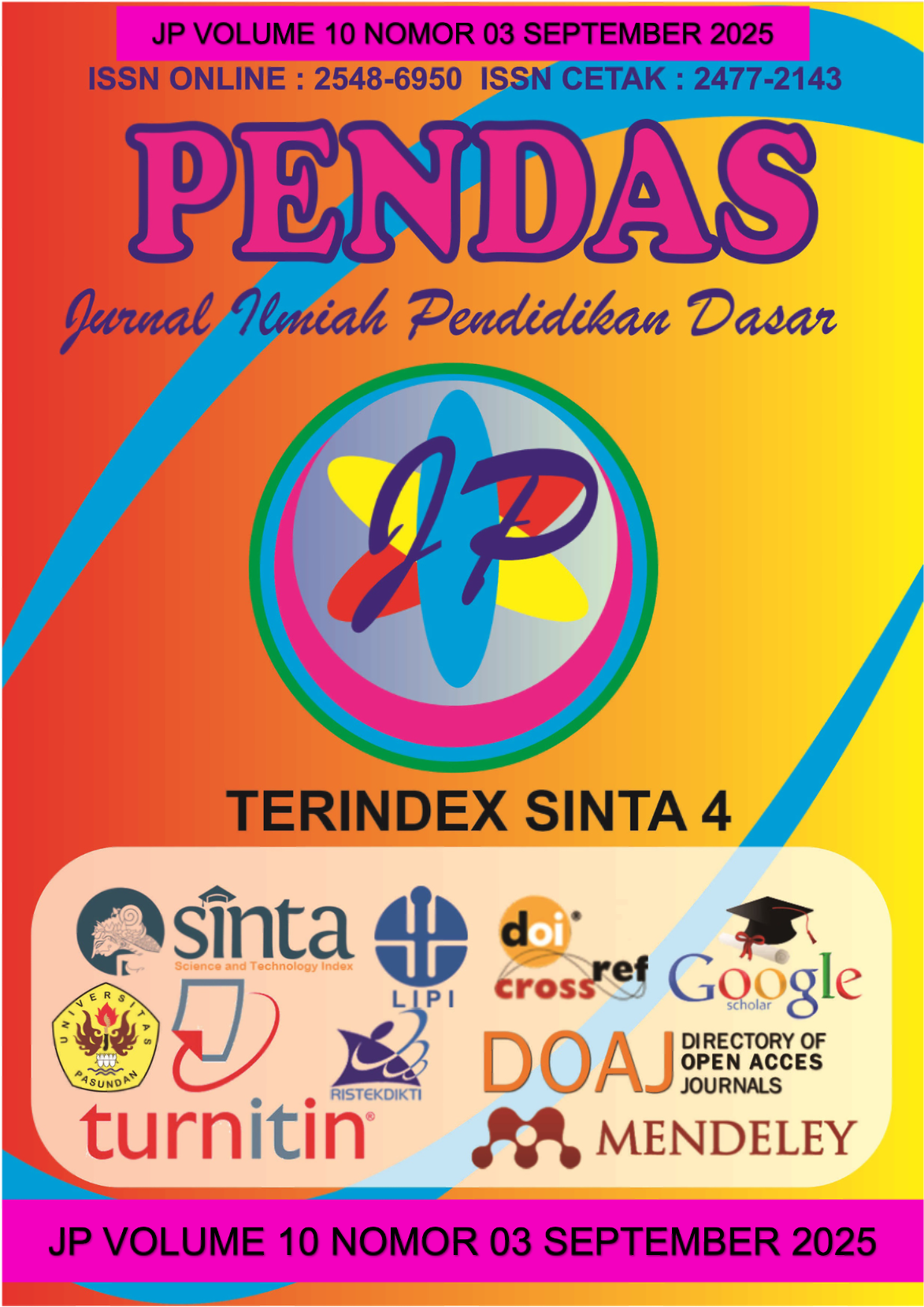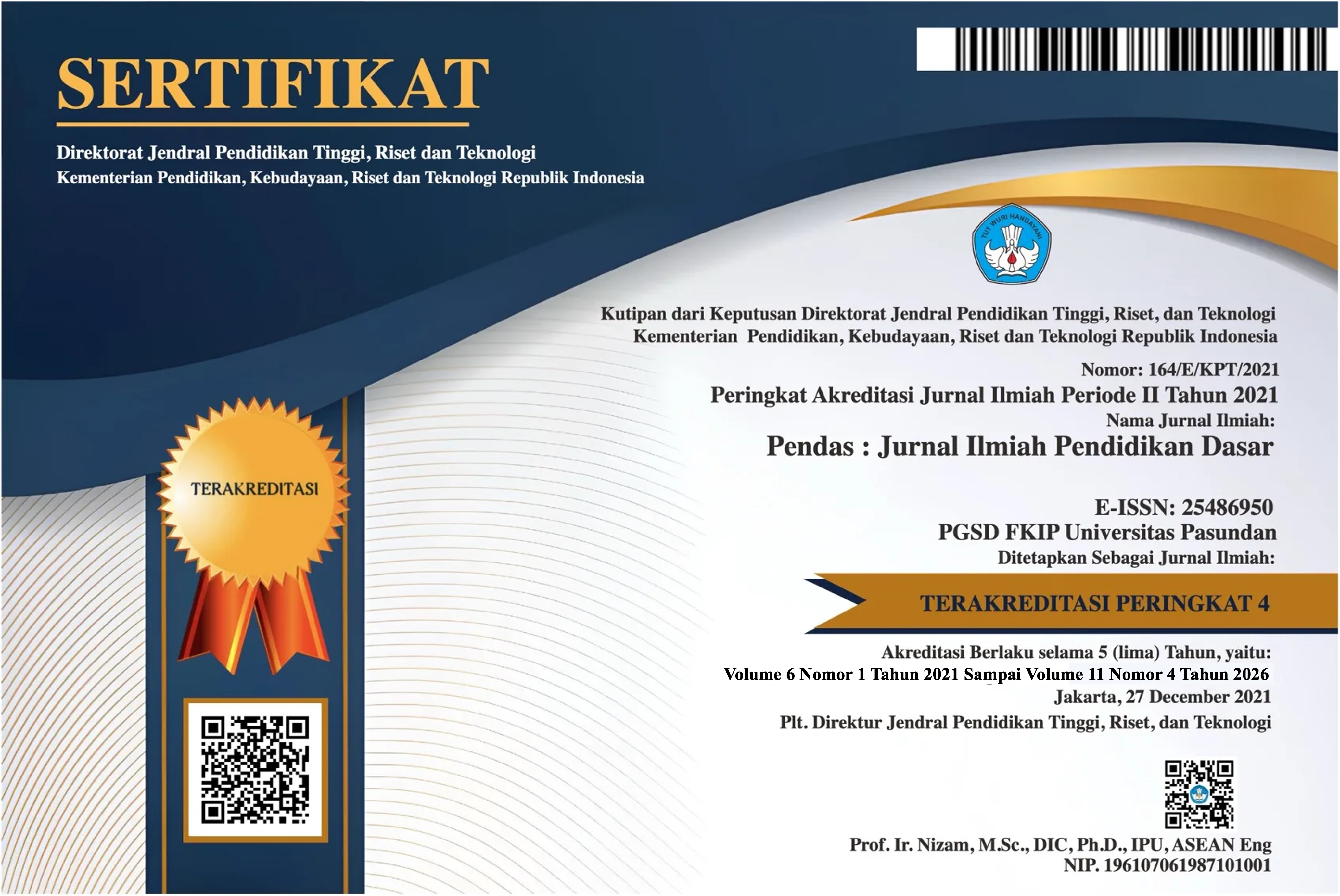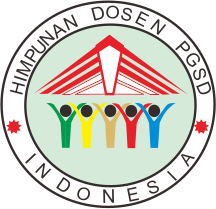PENGARUH SARANA PEMBELAJARAN TERHADAP MOTIVASI INTRINSIK MELALUI PEMANFAATAN TIKTOK DALAM PEMBELAJARAN DIGITAL MARKETING
DOI:
https://doi.org/10.23969/jp.v10i03.31384Keywords:
Sarana Pembelajaran, Motivasi Intrinsik , TikTok , Digital Marketing , Siswa SMKAbstract
This study aims to assess the impact of the availability of learning facilities on students' intrinsic motivation, emphasizing the role played by the use of TikTok as a digital learning medium in the context of digital marketing. Learning facilities include essential infrastructure such as technological tools, internet access, and a supportive learning environment. This study applies a quantitative method with paths to investigate both direct and indirect relationships between various variables. The study population consisted of 79 12th-grade students at SMK Islam Bustanul Ulum Pakusari, selected through a purposive sampling technique. The study findings indicate that learning facilities have a significant impact on TikTok use (path coefficient = 0.628; p = 0.000). In addition, both learning facilities and TikTok use significantly influence students' intrinsic motivation, with coefficients of 0.377 (p = 0.007) and 0.478 (p = 0.001), respectively. Further mediation analysis revealed that TikTok effectively mediates the relationship between learning facilities and intrinsic motivation (coefficient = 0.300; p = 0.006). These findings emphasize the importance of interactive tools like TikTok in enhancing self-directed learning motivation and encourage educational institutions to integrate digital media into vocational learning strategies. Penelitian ini bertujuan untuk menilai dampak ketersediaan fasilitas pembelajaran terhadap motivasi intrinsik siswa, dengan menekankan peran yang dimainkan oleh penggunaan TikTok sebagai media pembelajaran digital dalam konteks pemasaran digital. Fasilitas pembelajaran mencakup infrastruktur penting seperti alat teknologi, akses internet, serta suasana belajar yang mendukung. Penelitian ini menerapkan metode kuantitatif dengan analisis jalur untuk menyelidiki hubungan baik yang langsung maupun tidak langsung antara berbagai variabel. Populasi penelitian terdiri dari 79 siswa kelas XII di SMK Islam Bustanul Ulum Pakusari yang dipilih melalui teknik purposive sampling. Temuan penelitian menunjukkan bahwa fasilitas pembelajaran memiliki dampak yang signifikan terhadap penggunaan TikTok (koefisien jalur = 0,628; p = 0,000). Selain itu, baik fasilitas pembelajaran maupun penggunaan TikTok secara signifikan memengaruhi motivasi intrinsik siswa, dengan koefisien masing-masing sebesar 0,377 (p = 0,007) dan 0,478 (p = 0,001). Analisis mediasi lebih lanjut mengungkapkan bahwa TikTok dengan efektif menjadi perantara dalam hubungan antara fasilitas pembelajaran dan motivasi intrinsik (koefisien = 0,300; p = 0,006). Temuan ini menekankan pentingnya alat interaktif seperti TikTok dalam meningkatkan motivasi belajar mandiri serta mendorong institusi pendidikan untuk mengintegrasikan media digital dalam strategi pembelajaran vokasional.Downloads
References
Al-Mamary, Y. H., Al-Azri, A. R., & Al-Mandhari, A. (2014). The impact of e-learning on students' performance in higher education. International Journal of Advanced Computer Science and Applications, 5(1), 1-6.
Chaffey, D., & Ellis-Chadwick, F. (2019). Digital Marketing. Pearson Education.
Dahlstrom, E., Walker, J. D., & Dziuban, C. (2016). ECAR Study of Undergraduate Students and Information Technology, 2016. Educause.
Deci, E. L., & Ryan, R. M. (2000). The "what" and "why" of goal pursuits: Human needs and the self-determination of behavior. Psychological Inquiry, 11(4), 227-268.
Elina S.C. Nangoy. (2023). Pemanfaatan Aplikasi TikTok sebagai Digital Marketing Promotion. Jurnal Pemasaran Digital, 10(1), 67-75.
Hwang, G. J., & Chang, H. F. (2011). A formative assessment-based mobile learning approach to improving the learning performance of students. Computers & Education, 56(1), 102-112.
Kearney, M., Schuck, S., & Burden, K. (2012). Connective learning: The impact of mobile technologies on learning. Computers & Education, 59(2), 1002-1011.
Kotler, P., & Keller, K. L. (2016). Marketing Management. Pearson Education.
Manca, S., & Ranieri, M. (2016). Facebook and education: A review of the literature. Computers & Education, 95, 1-10.
Mayer, R. E. (2009). Multimedia learning (2nd ed.). Cambridge University Press.
Pratiwi, R., & Rahmawati, N. (2022). Pemanfaatan TikTok sebagai Media Pembelajaran. Jurnal Inovasi Pendidikan, 11(2), 89-98.
Prensky, M. (2001). Digital natives, digital immigrants. On the Horizon, 9(5), 1-6.
Rahman, A., & Sari, D. (2021). Motivasi intrinsik dan penggunaan media sosial dalam pembelajaran. Jurnal Pendidikan dan Teknologi, 8(1), 34-45.
Smith, A. (2020). The role of TikTok in education: A new frontier. Journal of Educational Technology, 15(3), 45-58.
Sutadi, S. (2022). Pengembangan model pembelajaran digital marketing. Jurnal Pendidikan dan Pembelajaran, 9(2), 123-135.
Vygotsky, L. S. (1978). Interaction between learning and development. In Mind in Society: The Development of Higher Psychological Processes (pp. 79-91). Harvard University Press.
Downloads
Published
Issue
Section
License
Copyright (c) 2025 Pendas : Jurnal Ilmiah Pendidikan Dasar

This work is licensed under a Creative Commons Attribution 4.0 International License.



















